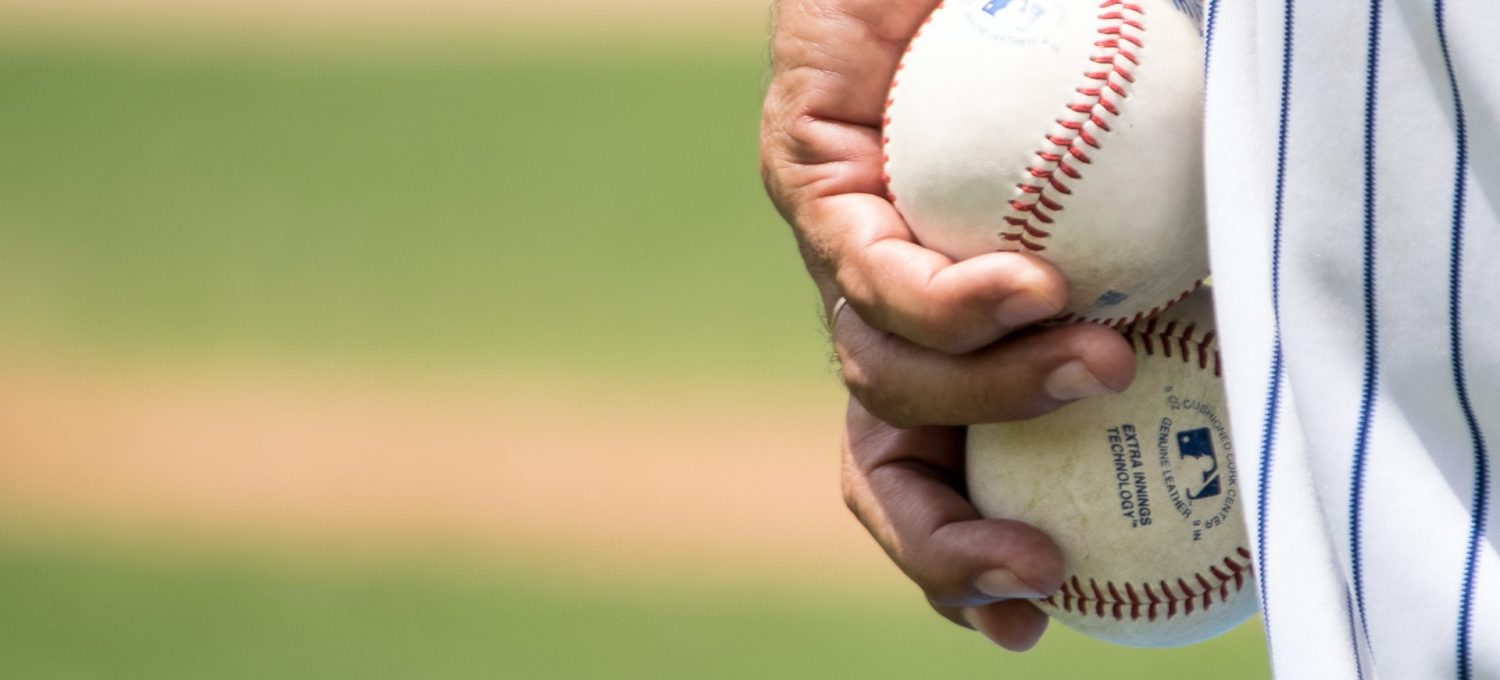When people think of technological advancements, they think of the introduction of the SmartPhone. Moving from black and white television sets to the beautiful 4K screens we have today, maybe even 4K projectors if people have the room to install them. Technology has even now helped us to the point where commercial flights to space are possible, although it is restricted currently to the extremely wealthy.
However, technology has also had an incredible impact in sports. You have sports like Cricket that have systems such as Hawkeye to see if balls have hit stumps, you have goal line technology in football/soccer to tell referees when a player has scored. Slowly but surely, technology is creeping into the sports we love, and Baseball is no exception. In fact, it has likely impacted Baseball more than any other sport. And here is how.
Statistical data analysis
Whilst many people may evaluate data such as performance statistics for their fantasy teams and leagues, and sportsbooks use data to create odds and free picks MLB for their customers. Teams have also been using statistical data analysis to help build their teams.
One of the most famous stories about how statistical data analysis has been used in Baseball is that of Billy Beane, the head coach of the Oakland Athletics. It became that big, a film titled Moneyball was released about it in 2011.
To sum up what Beane did, he hired an economics graduate called Peter Brand, to help him form a competitive team. This was because he knew he was about to lose several players on free transfers, and only had a limited budget to replace them. So with the help of Brand, Beane began using technology to evaluate statistical data gathered on players. The system used was sabermetrics.
By doing this, they managed to use data to calculate which players were under-valued compared to the actual value they gave to their teams, and then recruited them to assist the Athletics in forming a competitive roster. And whilst they have not won a World Series operating this way, they do have the highest winning percentage in the regular-season in the American League since 2000, with the exceptions of the Boston Red Sox and the New York Yankees.
Monitoring performance
Another way in which teams have implemented technology in Baseball is for monitoring performance. In the older generation, players would just rewatch clips of old games to see where they went wrong and adapt their game going forward. However, that may not be something that could’ve happened until after the game. Which means if players keep making the same mistakes, they’ll potentially do so for the rest of the game, and it could cost them a vital win.
In steps Rapsodo, a software developed by Batuhan Okur, that helps to monitor pitching and hitting. It was trialled in 2016, and has since been adopted by all but one of the teams in the MLB. It has even been used by individual players who wish to improve their game, as well as college teams and baseball academies.
Rapsodo uses machines to watch the games, track movements and then learn as it watches. So over time, it has become more and more effective. It can track a pitcher’s velocity, spin rate and so on, whilst the hitting software can produce data on ball speed and distance travelled as well as other metrics.
This all goes to a tablet that the teams have, and tells them instantly what players could’ve done better, and where they made mistakes. So as it watches a pitcher throw, the coaches can potentially predict what type of pitch to expect, and tell the next batter up to increase their chances of hitting the ball, and bagging the team some runs.

Correcting botched decisions
Mistakes happen. We’re all human. However, in Baseball, we now have instant replays. Some sports such as football/soccer have introduced Video Assistant Referees (VAR), a system that reviews decisions on a screen in case the referee gets it wrong, but it hasn’t been a welcome one by fans. Some of it is to do with the technology, other issues are changes to the rules of the game, and poor officiating where referees refuse to review footage.
However, in baseball, it has been a roaring success. The way it works is each coach is allowed to call for an instant replay if they believe a wrong decision was called, similar to tennis. Although in baseball, they each get one per game instead of three, unless their decision was right, and then they get a second chance during the game. This has led to fewer botched calls by officials. And a better experience for fans not feeling like their team has been robbed by poor officiating.
Conclusion
So as you can see, technology and data has had a tremendous impact on baseball over the years, and where some other sports have suffered, it feels like baseball keeps making right calls. It’ll be interesting to see how much more involved technology becomes in the future, but if it keeps improving the game as it has been, we’re all for it.
Photographs by Jose Francisco Morales / Carlos Muza

